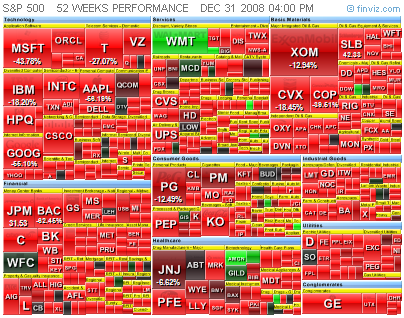George Soros theory of reflexivity explains very clearly why investment crowds have the habit to create bubbles. Investors make their bets based on expectations for the future. Those expectations often turn into self-fulfilling prophecies. Why do people invest in stocks? For one very simple reason – to make money. For example, people start to buy stock (or asset class) “YYY” on expectations for huge future earnings’ growth. How they have reached to this conclusion is not entirely clear and this is not the point. The underlying reason might be recent acceleration in earnings’ growth or/and involvement in breakthrough technology that might revolutionize the way people live. We don’t know and we don’t have to know. All we know is that YYY is rising, fast and substantially. As investors buy, the price of the stock continues to climb and climb. Higher stock price is easily transferable into:
– easier access to big amounts of low interest credit, which can be used to acquire a major competitor or to buy the best equipment available, which will reduce operating costs significantly;
– higher rewards for employees, which will attract the brightest and the smartest from all over the world;
In the majority of cases, those expectations for the future growth never come true and this is why the majority of bubbles don’t last long, but along the way, they had made rich many disciplined investors. In some cases, all those changes might lead to what investors have expected at first place – a significant earnings’ growth.
Those, who decide to not participate in the bubble, will sit on the side, watching how others are getting filthy rich. They are convinced that it is a bubble, but don’t know when it will burst. After a month or two, they will also decide to enter the bubble by making it even bigger. As long as the fundamentals keep up with the expectations, the process will remain sustainable and the bubble won’t burst. The point is that the expectations never keep up with the fundamentals. If fundamentals are moving with the speed of the sound, the expectations will move with the speed of the light. As the time passes, the gap between the two will widen. Many short sellers will try to stop the insanity and will get burned along the way, adding fuel to the flames as most bubbles tend to reach extremes not expected by anyone. Negative yield on the 30-year treasuries, anyone? People’s greed (expectations) is like a car without breaks. It doesn’t stop until the car falls of a cliff and bursts in flames. At one point the price will reach levels that are immensely unsustainable for the underlying fundamentals and a first wave of investors will leave. Suddenly, more and more people will be obsessed of fear that they might lose and will try to exit. Have you ever witnessed what happens when hundreds of people try to exit through one small door simultaneously? In the real world, people are getting stomped. In the financial world, liquidity suddenly dries out and exit is possible several levels down the drain, if you are lucky.
Now imagine that shorting was prohibited. In this case a bubble will reach far bigger size, since there won’t be a chance for short sellers to take some of the steam off that is moving the bubble train. Market makers will quickly realize that it is not profitable to take the other side of a trade in what is about to become or it is a big bubble. The liquidity will fall drastically and the prices will go parabolic. When the bubble bursts,( and it will, but no one knows when), the crash will be much more severe and faster. There won’t be any short sellers to cover their positions and to offer liquidity for those, who want to exit.
